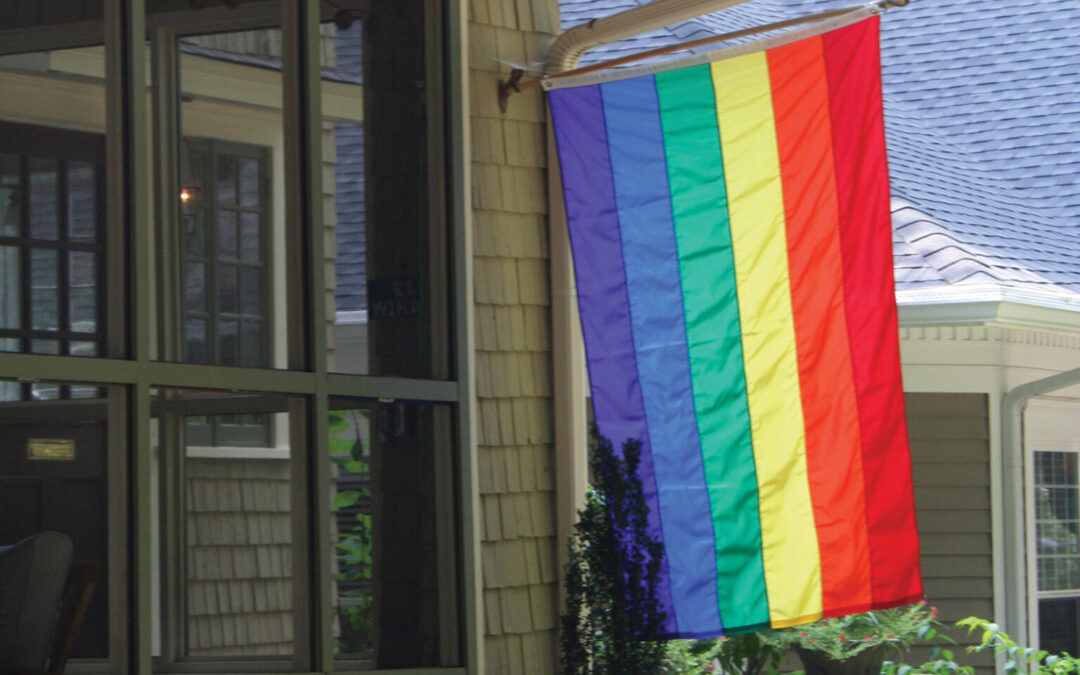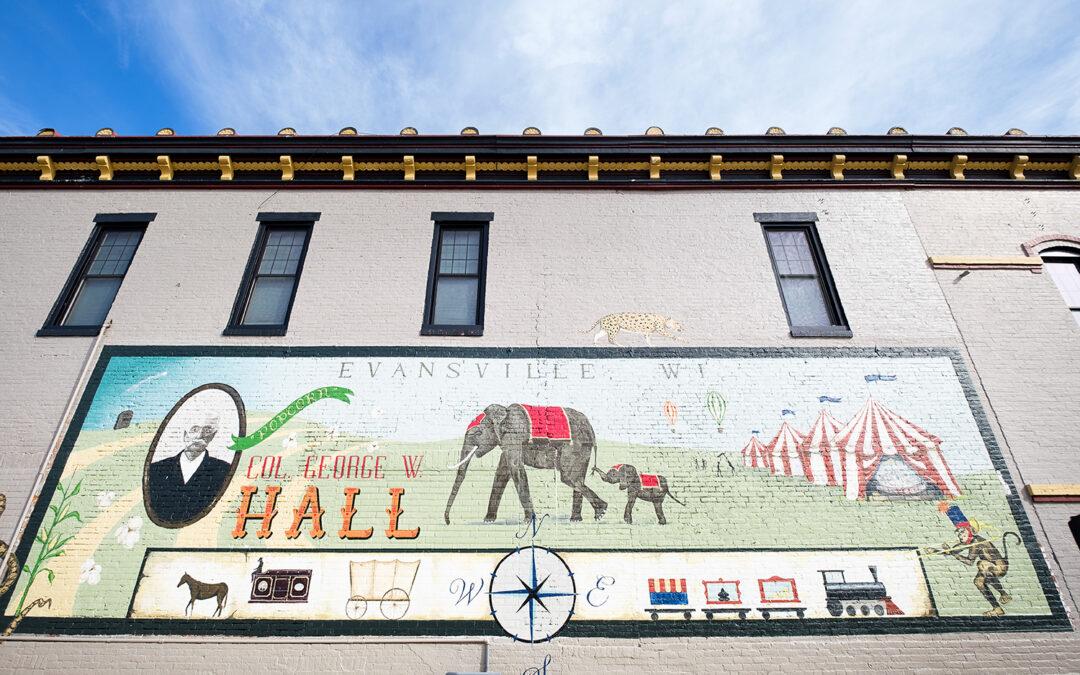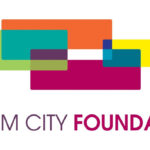I moved to Colorado from my hometown of Madison in August of 2015. That move became my marker in time for the chronic pain I was experiencing. It would be several years before I was able to label my experience as chronic pain. In reality, I don’t know how long I had been in pain. In the beginning, the pain would come and go.
My best guess is that it started sometime when I was in high school. I didn’t notice it fully for nearly two decades. I’ve since learned that this is common amongst people who have chronic pain: We often ignore it and go about our lives until we just can’t anymore. We often have a hard time acknowledging our own pain, whether it’s emotional or physical.
Burning Mouth Syndrome
After my move to Colorado, I started to pay more attention to my pain. I’d tell myself “It’s been two weeks now, and I haven’t had a day without pain.” The weeks turned into months, which turned into years. Two years in, I couldn’t take it anymore. I was at a seven on the pain scale at all times. Nothing seemed to help. At this point, I still didn’t identify myself as someone who had chronic pain. I thought chronic pain involved issues with joints, muscles, and things that made it hard to go about your day. I certainly did not think that the pain I was experiencing in my mouth would have the same solution as someone experiencing fibromyalgia or carpal tunnel syndrome.
My pain presented in a way that felt like I had paper cuts on my tongue at all times. It was visibly inflamed and most foods were incredibly painful to eat. I thought food sensitivities may be the culprit, so I started down the rabbit hole of elimination diets. Somedays, I thought I had it all sorted out, and then the next day I’d be back in a pain flare. After years of being shrugged off by doctors, I was diagnosed with burning mouth syndrome. This diagnosis was the closest medical explanation the doctors could give me and did not offer me a lot of solutions.
I was beginning to feel frustrated and hopeless when a friend introduced me to a podcast on healing from chronic pain. I skeptically began to listen to the podcast and began doing the work recommended in it. Within a week, I knew I was on the right track. The pain in my mouth was subsiding, and I was experiencing something called “symptom imperative,” where my brain started sending out pain signals through old neural pathways as it was learning to turn off the pain and inflammation to my tongue. This is a common experience for those healing from chronic pain and conditions, and it helped me realize that other conditions I’d had in the past had the same origins: Plantar’s fasciitis, sciatica, wrist pain, lower back pain, and pelvic pain.
As I began to heal physically, I noticed something else happening: Despite my years of therapy, training in trauma, and years as a therapist, I was doing the deepest emotional healing of my life. This made me want to learn more so that I could help others heal in this way, too. I took a deep dive into learning as much as I could about healing from chronic pain and health conditions. It was hard to find the information I needed to heal completely, and it required piecing together information from various sources: Other podcasts, books, and I was eventually in the first cohort of therapists to get trained in Pain Reprocessing Therapy.
Pain Reprocessing Therapy
I learned that most chronic pain is neuroplastic. All pain is generated by our brains, as an interpretation of what is happening in our bodies. Neuroplastic pain is pain that is generated as a misinterpretation of something happening in the body, that is not indicative of something wrong in our bodies. For various reasons, our brain decides we are in danger, and sends out the danger signal of pain. Or, in some cases, the brain just forgets to turn off the pain signal once an injury has healed.
Through my work, I have learned that 80–90% of chronic pain is at least partially neuroplastic. This is good news. When pain and symptoms are neuroplastic, we can learn how to rewire the neural pathways. This can turn the pain signals off, or significantly turn down the volume. The overall healing approach is twofold: The first step is learning how to reroute the neural pathways to turn off the pain. This involves working with the brain and nervous system. For some people, this step alone is enough.
However, many of us have to get to the root cause in order to keep the pain away. We have to figure out why our brain started sending out erroneous danger signals in the first place. In most cases, it’s the result of chronic stress and/or trauma. Essentially, the nervous system is in a heightened state of alert, scanning for danger, and detecting it where there isn’t any. Chronic pain and anxiety are two sides of the same coin: An over-activated nervous system, sending out alarm signals that are either too loud or altogether unnecessary.
How Marginalization Hurts
Chronic pain is extremely prevalent in marginalized communities, and it is no coincidence. Living in the margins is stressful. It puts us on guard. As LGBTQIA+ people, we often have to repress parts of who we are in order to feel safe. This sort of repression is extremely taxing on our bodies and our health and keeps our nervous systems in a constant state of fear. Exploring that fear is key to unlocking symptoms.
Constant fear, even at subconscious levels, tells our brain that we are in danger. When our brain detects danger, it can send out any number of danger signals to let us know: Pain, nausea, fatigue, dizziness, itchiness, GI symptoms, etc. And any danger signal that can be sent can be sent in error. This is why chronic symptoms can vary and why many of them can be resolved using the same approach.
I had difficulty finding the path to my own healing. Resources are difficult to access. To address this, a colleague and I have developed a self-directed online course to guide people through this process. We have included all of the information a person needs in order to understand what is happening in their body. We have put together strategies and homework assignments to incorporate along the way.
Much of the work can be done independently, but we also offer options to meet with us individually, and to join an online community of people who are also healing using the techniques we are teaching. We learned that it can be very hard to heal from chronic pain in a world that tells us it’s not possible, particularly when our doctors believe it’s not possible. Having a supportive community can impact our ability to continue doing the work.
My journey in healing from chronic pain has truly been life changing for me. I have been impacted physically, emotionally, and spiritually. I’m eager to bring this work into the world, and especially into the communities that have mattered so much to me. If you are interested in the course, you can access it here: healyourchronicpain.thinkific.com and if you’d like to find out if your symptoms might fit the patterns of neuroplastic symptoms, you can access a free assessment tool we’ve created here: surveymonkey.com/r/P529DFV.
Our Lives readers can receive a 30% discount by using code OL30 at checkout.
Nyle Biondi, MS LMFT, earned his master’s degree in marriage and family therapy from Edgewood College in 2007. He’s since spent 10+ years working with LGBTQIA+ youth and young adults. As a result of his own health journey, Nyle has devoted years to helping others heal from chronic pain and health conditions.























0 Comments